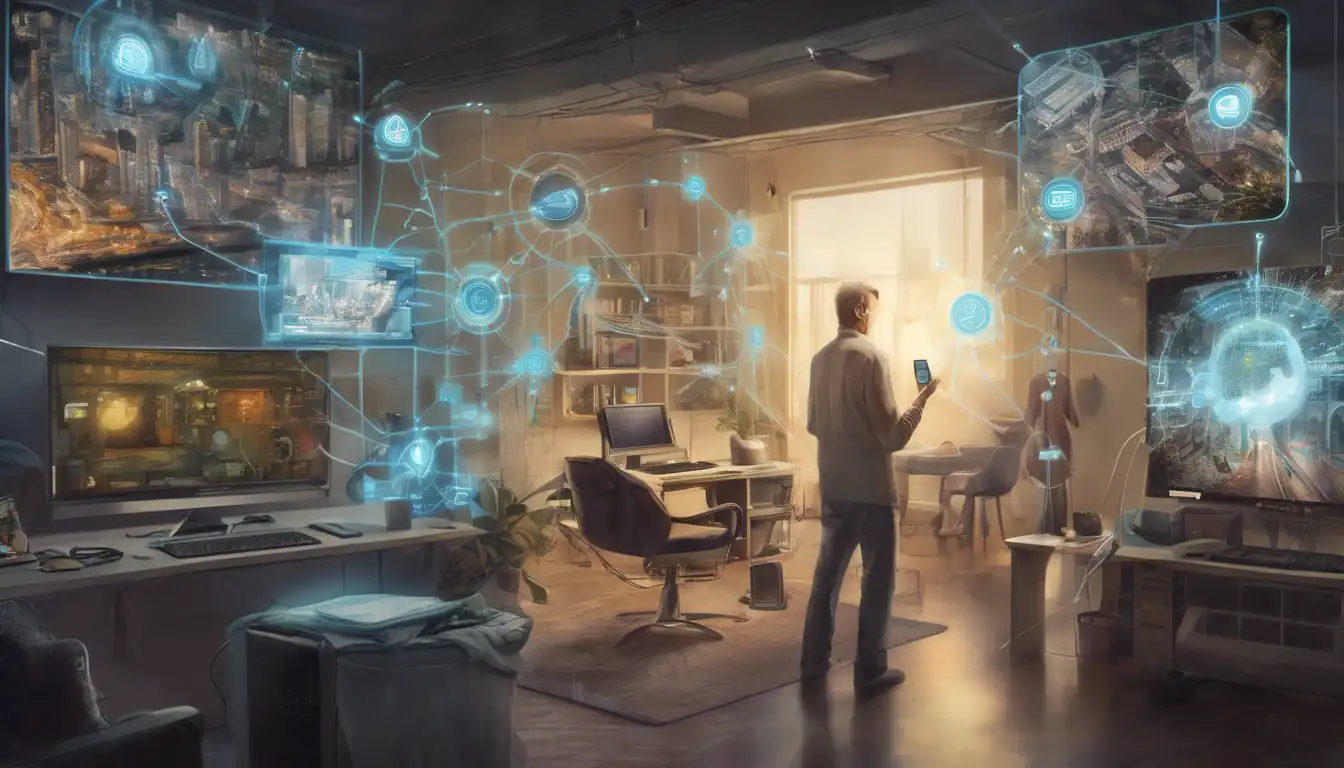Introduction to the Internet of Things (IoT)
The Internet of Things (IoT) represents a revolutionary shift in how we interact with technology, embedding intelligence into everyday objects. This network of connected devices is not just changing the way we live but also enhancing our quality of life in unprecedented ways.
How IoT is Making a Difference
From smart homes that adjust temperature and lighting based on your preferences to wearable devices that monitor health metrics, IoT is at the forefront of digital transformation. Here are some key areas where IoT is making an impact:
- Healthcare: Wearable devices and remote monitoring tools are enabling proactive health management.
- Home Automation: Smart thermostats and security systems offer convenience and energy efficiency.
- Transportation: Connected vehicles and smart traffic systems are reducing congestion and improving safety.
- Agriculture: IoT sensors help in monitoring crop conditions, leading to better yields.
The Future of IoT
As IoT technology continues to evolve, its potential to improve lives is boundless. Innovations like smart cities and AI-integrated devices promise to make our environments more responsive and sustainable. The key to unlocking this potential lies in continued investment and innovation in IoT technologies.
Challenges and Considerations
Despite its benefits, IoT faces challenges such as privacy concerns and the need for robust security measures. Addressing these issues is crucial for the widespread adoption and trust in IoT solutions.
For more insights into how technology is shaping our future, explore our technology trends section.
Conclusion
The Internet of Things is not just a technological trend; it's a lifestyle revolution. By connecting the physical and digital worlds, IoT is improving lives in ways we could only imagine a few decades ago. As we move forward, the integration of IoT into every aspect of our lives will continue to grow, making our world smarter, safer, and more efficient.
